Contact Us

Everything You Need to Know About Catch Basins
Catch basins may seem like a benign sighting, but they do play a crucial role in managing stormwater runoff and preventing floods, especially in urban areas with a lot of
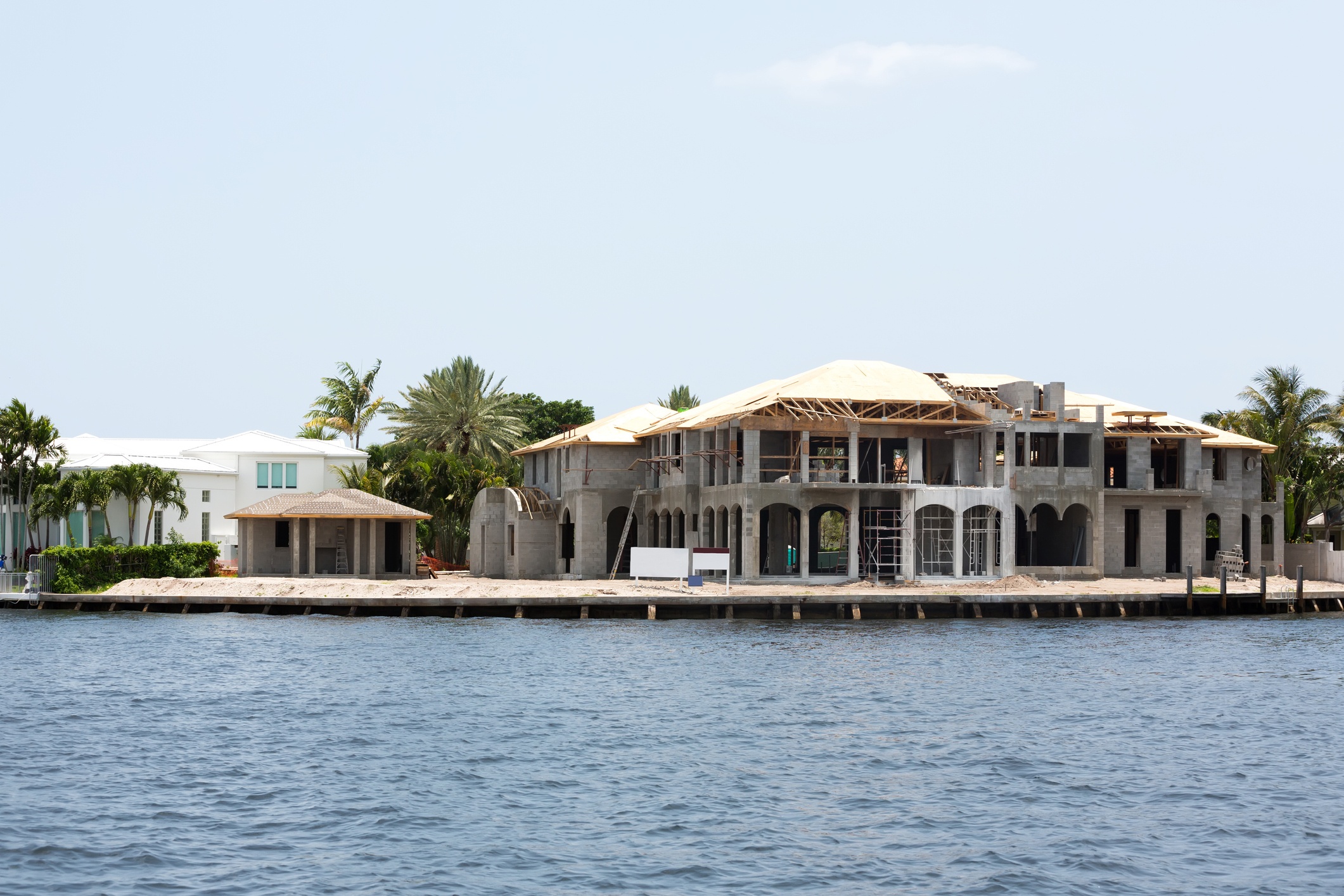
Building a dream home on the coast is a great way to stay close to the beach all year long. Yet erecting a property so close to the water requires some extra considerations.
Because inland businesses and homes are away from the ocean, they are at a lower risk of damage from coastal winds, shifting soils, changing tides and storm surges.
Coastal homes, however, need to be able to withstand these elements. They thus should not be built on solid walls or inland foundations. Instead, they require pile foundations that keep the home stable near loose soil.
There are various types of pile foundations. For most coastal homes, a driven pile foundation should suffice. However, the best type of pile foundation for a property depends on its location and the type of soil underneath it. For instance, micropiles should be used in places that require deeper foundations.
Elevation is also vital for any coastal property. Buildings need to be high above the ground so they can withstand flooding and soil erosion. In fact, the National Flood Insurance Program requires buildings in known floodplains to be at least as high as the Base Flood Elevation, or BFE. The BFE is the expected height of the water during a 100-year flood.
Coastal construction projects should abide by American Society of Civil Engineers (ASCE) guidelines and the International Building Code (IBC). IBC Section 1603.1.6, for instance, requires construction documents to list the proper building elevation and the local flood conditions. Meanwhile, ASCE 24-05 says that all foundations of coastal buildings must be made of flood-resistant materials.
While shoreside homes need to be high enough to withstand flood waters, they also may be subjected to height restrictions. Some coastal communities limit how high homes can be because overly tall homes cast shadows that create large dark areas. Home builders should research any local height limits before beginning construction.
The Federal Emergency Management Agency (FEMA) has divided properties into zones based on their flood risk. Before erecting a coastal building, it is essential to know in which flood zone the property is located. FEMA’s flood map portal lets users easily find this information.
Because coastal projects can be tricky, they require professional knowledge. An experienced builder will know the various regulations and requirements, and they will understand the best materials to use. Homeowners should therefore let the trained experts take the lead on the construction process.
Seawalls protect coastal properties from erosion. They should thus be part of any construction project. However, seawalls are not immune to the effects of lakes and rivers. Changing water levels and tides can wear down seawalls over time.
To keep seawalls functioning properly, they need to be properly maintained. Thankfully, our pros at All State Civil Construction can inspect and fix a damaged seawall. We can also replace a seawall that is beyond repair. For more information on our services, contact us today, or give us a call at 386-465-2187 for a free estimate!

Catch basins may seem like a benign sighting, but they do play a crucial role in managing stormwater runoff and preventing floods, especially in urban areas with a lot of

Stormwater management is critical to maintaining healthy, sustainable communities. That’s especially true in coastal areas like Daytona Beach
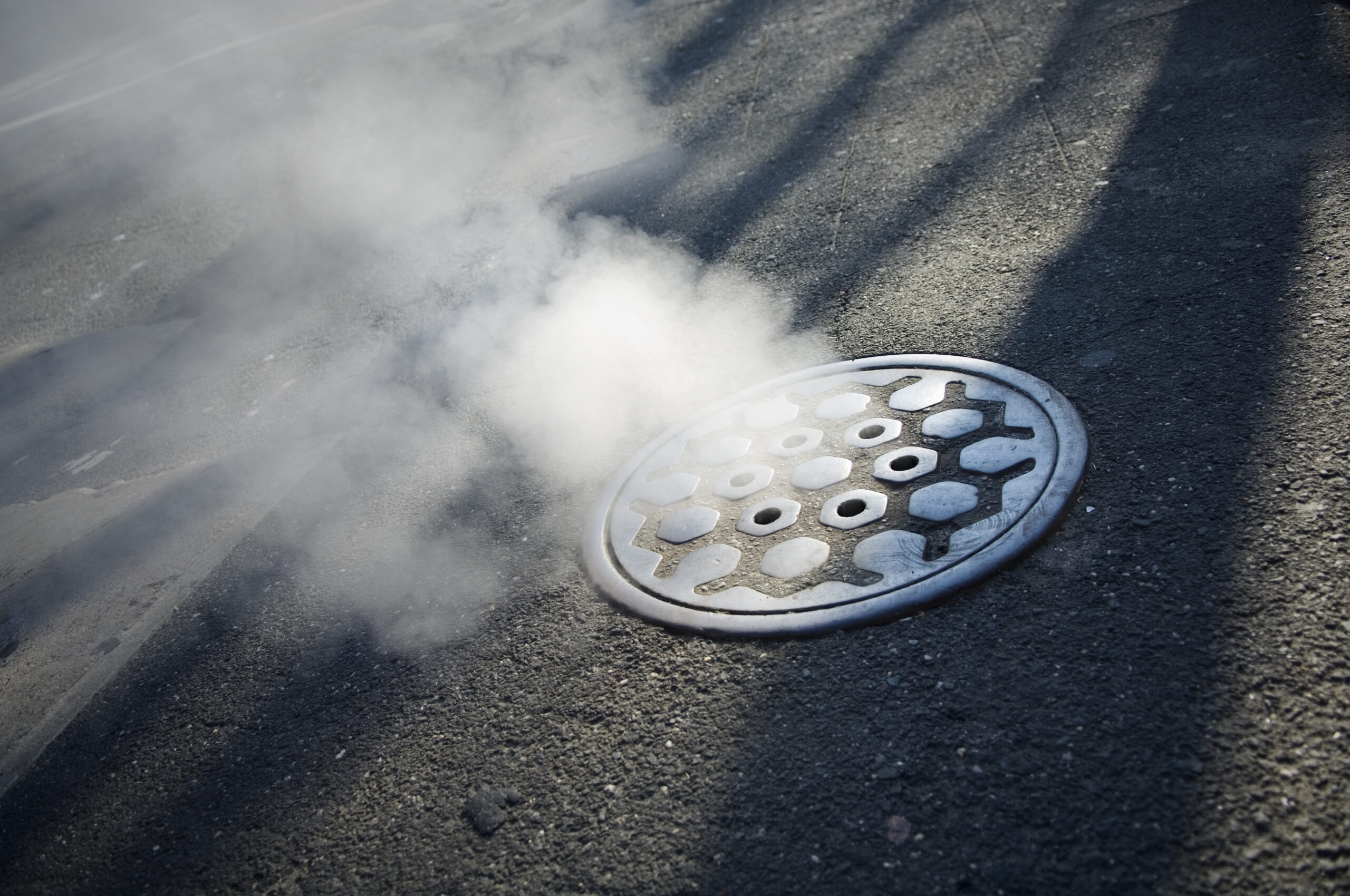
Manhole systems play a crucial role in the infrastructure of urban and rural areas, serving as access points, drainage systems, and more.
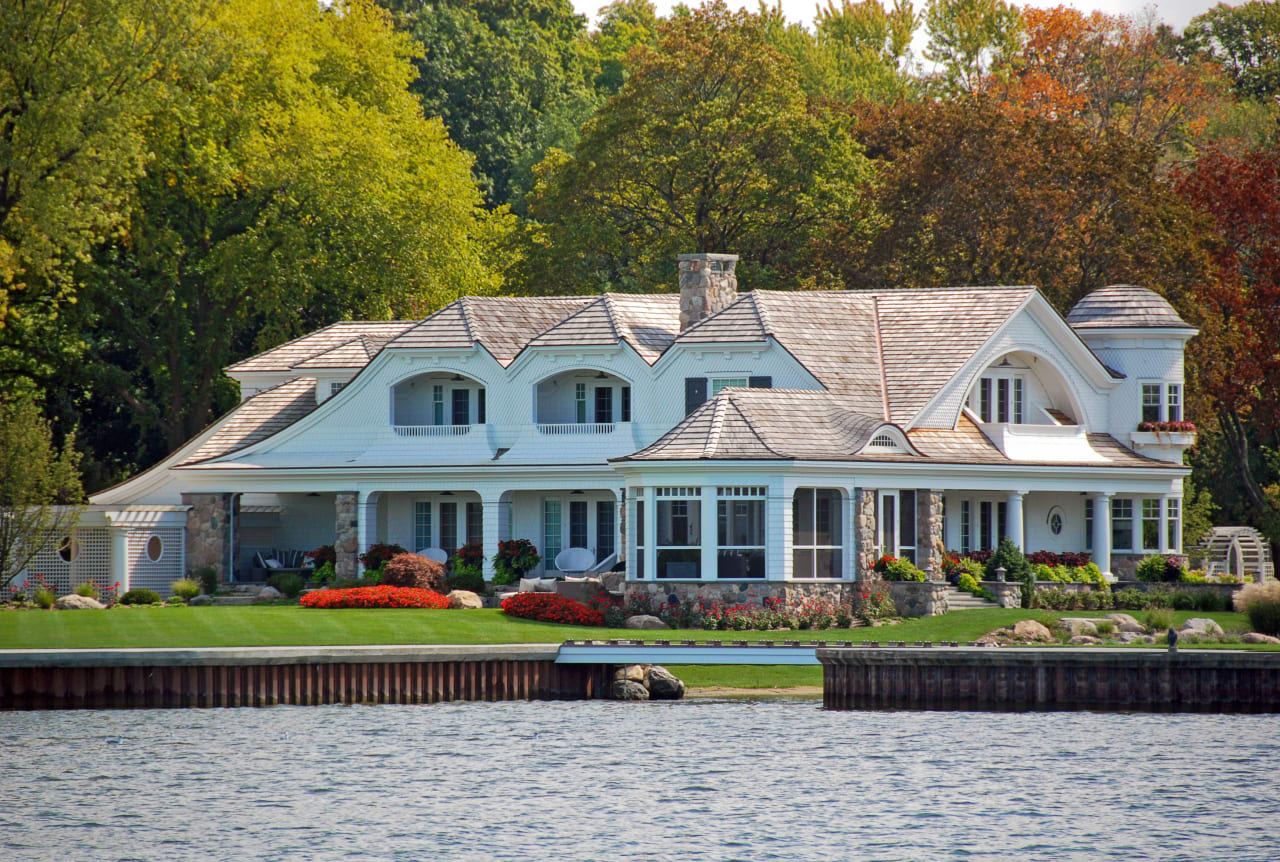
Living by the coast is a dream for many, offering a tranquil and stunning backdrop for daily life. Seawalls protect the integrity of coastal properties
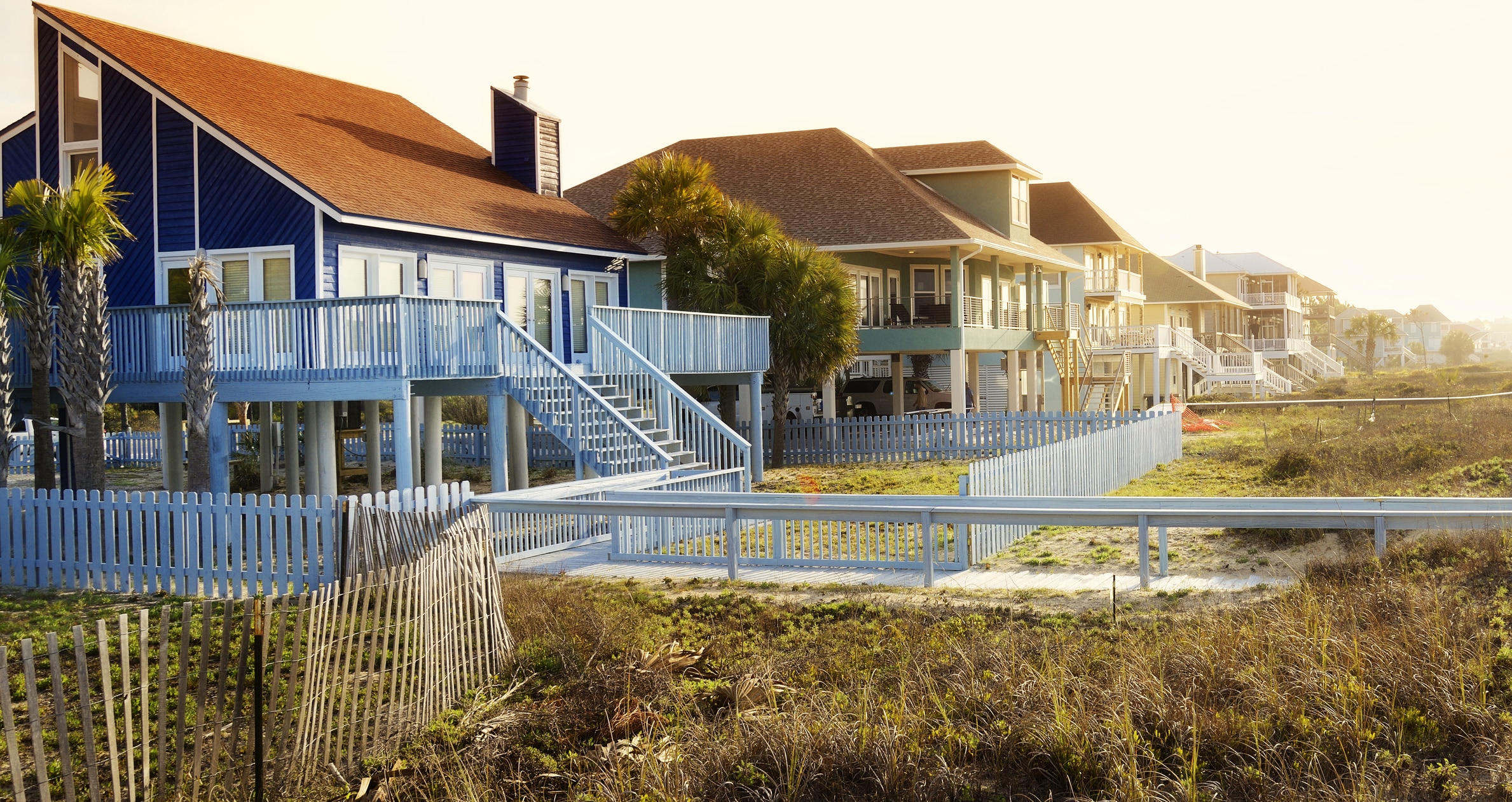
Living by the shore in Florida can be a dream for many homeowners. The salty breezes, the crashing waves, and the stunning sunrises paint a picture
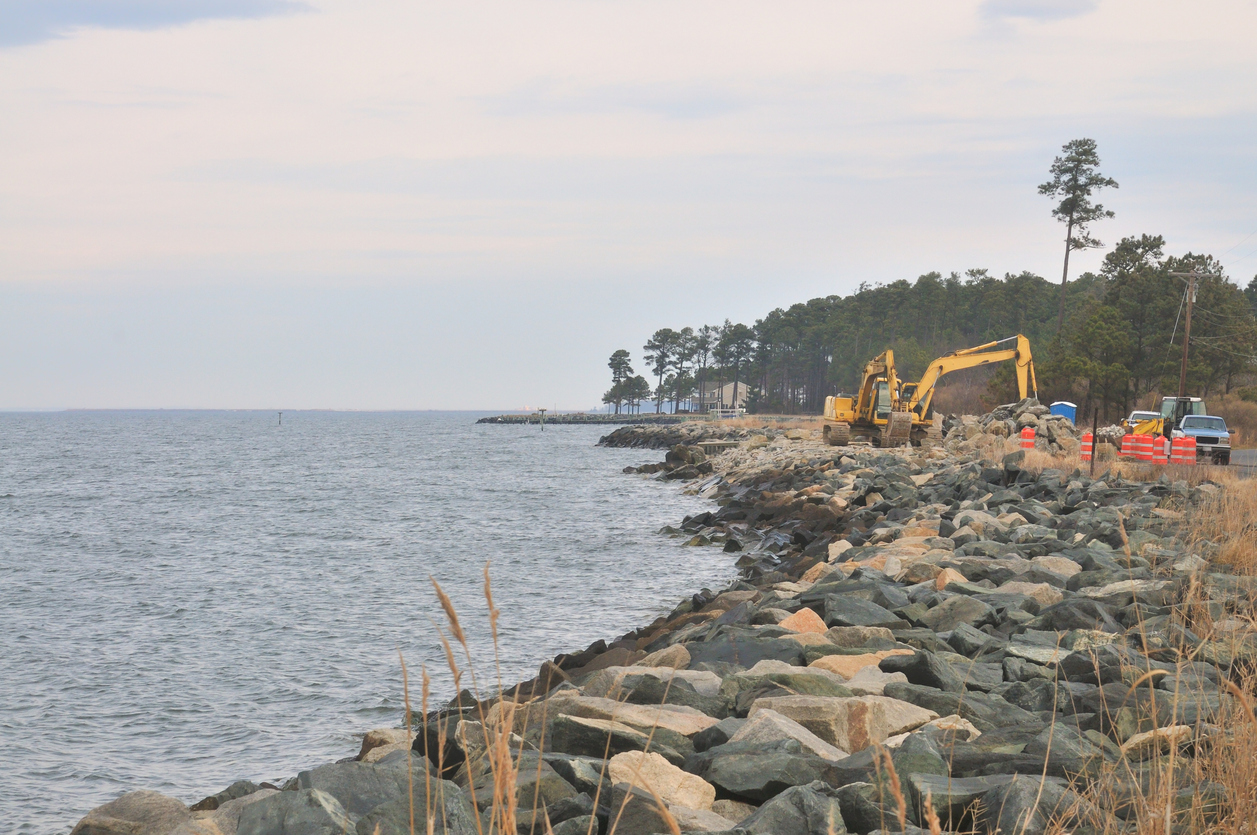
While living on the waterfront offers advantages, it also exposes properties to vulnerabilities such as erosion, flooding, and pests.
Contact Us


Please fill out the form below if you have any questions or give us a call at (386) 681-8105.